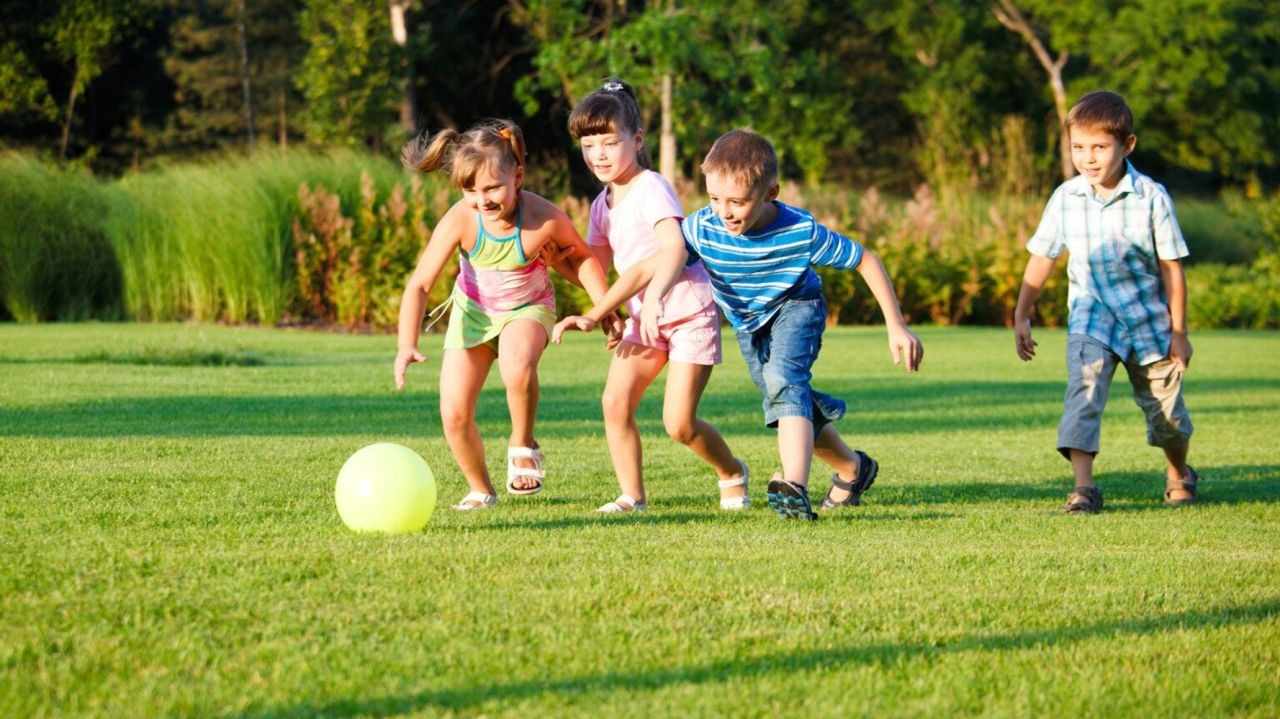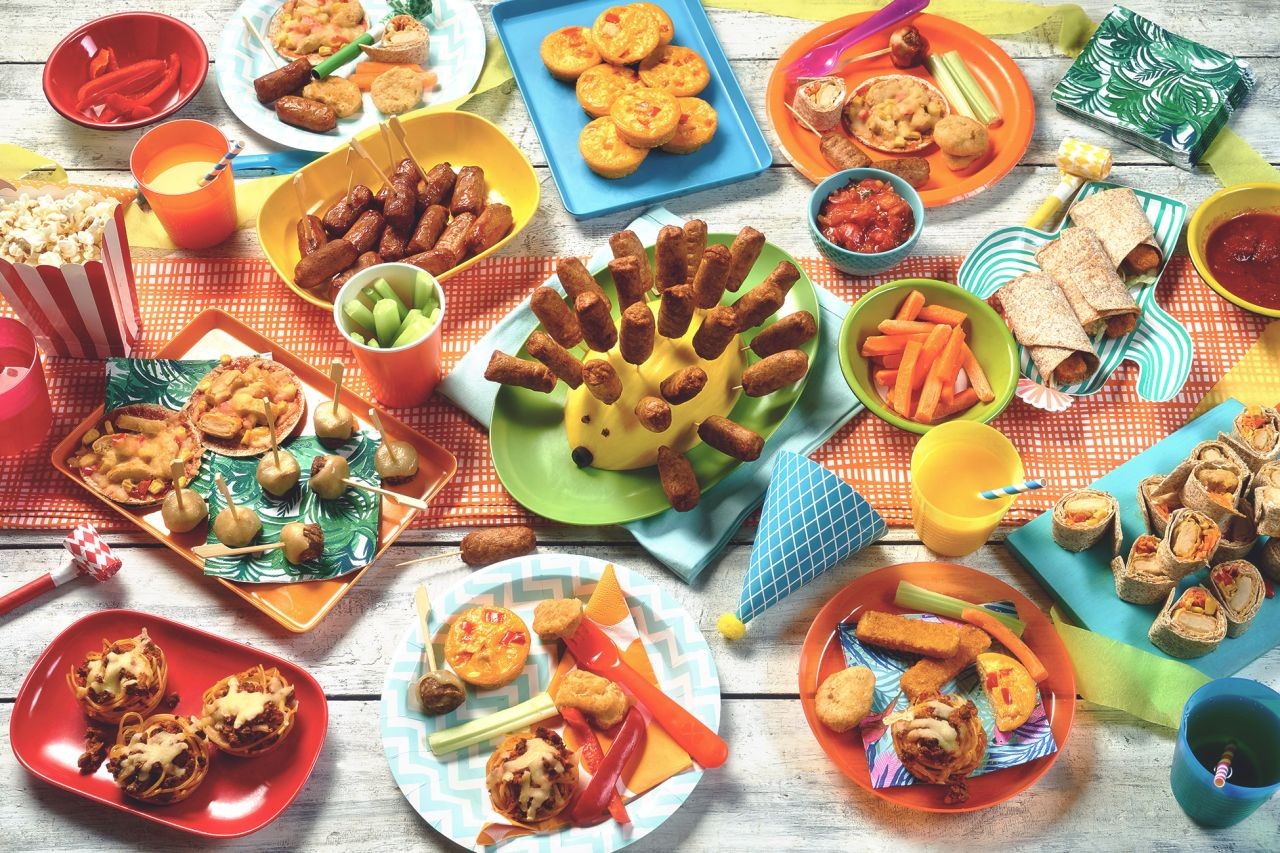October News
Active play for young children:
Young children learn by doing, and "active play" includes both structured and unstructured activities. If there's been rain and children play and jump in the puddles, that's unstructured play. Later, when the weather warms a bit, they find that the water has become sticky, and they can create MUD PIES.
Structured play is when an adult creates a stimulating environment and children are encouraged to explore.
Adults support the children's exploration by being active role models: engaging in the play themselves and demonstrating diverse ways of playing. It is not necessary for children to have mastered a specific technique, such as being able to kick a ball straight or jump using a skipping rope as long as they've learned that they can have fun when engaging in active play.
Both indoors and out, a stimulating environment encourages children to be active and explore their abilities. It supports their motivation to move and helps to develop both confidence and competence.
Remember....HAVE FUN
Nursery News
Welcome to our new Nursery additions!
We are so lucky to have so many little faces in the Nursery.
As the friends in this classroom are new to one another, the educators have been establishing a lot of floor play and tummy time play in groups. This gives the children and educators alike the opportunity to interact and play with one another in a caring and nurturing way.
Toddler Time
Hi Everyone,
We have a wonderful month in the Toddler classroom, we have been focusing a lot on our relationships with one another, using gentle hands and kind words and just plain old playing with each other in a nice way.
We have been doing lots of art and activities around insects!! You would have seen the children's ladybug and ant cupcakes. They were oh so cute and tasted pretty good as well. You will see that our butterflies and spiders that they children created are on display in our room also. Such creative little toddlers!
If you have any ideas on fun ways we can extend our learning, please let me know. Your input is valued and much appreciated
Explorer Time
We would like to start off by talking about what we have done over the past month. We have been focusing on shapes, particularly Circles, triangle, squares, diamonds, hearts and stars.
We have also been doing a lot of games associated with shapes, such as matching and memory shape games, different shapes bean bags.
Please remember your child's hat, water bottle, sheets, spare clothes and enough nappies for the day.
7 dinnertime habits to improve your child's health
1. Make dinnertime, family time: Eating dinner with your children is one way to spend time together and can be beneficial for them in many ways. In fact, studies show that when families eat meals together, the individual family members eat more nutritious food than if they were to eat alone.
2. Have a go at 'parent provides, child decides' mealtimes: Instead of dishing up a plateful for your child, try providing all the food for the meal on the table, and have children serve themselves. This will give them the opportunity to try new foods without the pressure of eating a whole serve. It will also teach them to self-regulate how much they eat by paying attention to their own hunger cues.
3. Mix up the options: Keep in mind that it can take children as many as 15 tries before they'll accept a new food. Having a variety of food available for them to try often is an important part of expanding their diet.
4. Make meals screen-free: Studies show that eating while you're distracted can cause you to ignore your body's hunger cues and overeat. This is true for children too, so make mealtimes a moment to switch off the TV, put down phones and sit at the table away from computers. This will also help encourage social interaction.5. Have water available: Make your dinner table a 'no sugary drink zone' by having water available as the beverage of choice. Water is the best choice of beverage for children, and reduced-fat milk can also be offered to children from two years of age.
6. Plan for regular meals and schedule snacks thoughtfully: Keeping your mealtimes regular will help your child to understand when to expect food. You'll also have the best chance of your child eating a nutritious dinner if they come to the table hungry. Avoid filling them up with snacks or drinks too close to dinner.
7. Take sugary and salty condiments off the table: Don't make it the norm to set your table with extra condiments: if you don't have the tomato sauce out, they won't reach for it to add to their food. Remember to role model too – don't reach for the salt before you taste your food.



